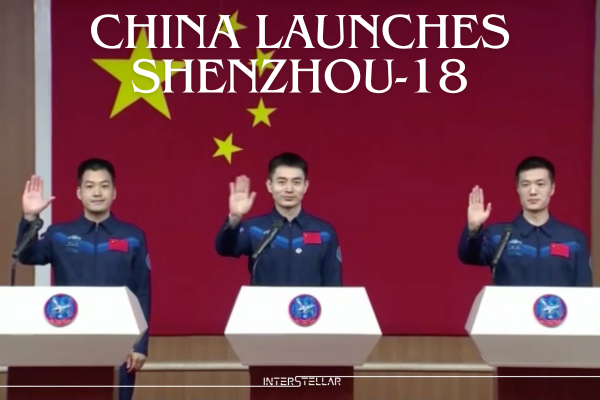Since its inaugural manned flight in 2003, China has aggressively expanded its space program, consistently marking significant achievements in human spaceflight. The upcoming Shenzhou-18 mission, led by veteran astronaut Ye Guangfu, who at 43 is set to command his first spaceflight, underscores China’s aspirations to become a major spacefaring nation. The mission is scheduled to dock with China’s self-developed space station, Tiangong, which translates to “Celestial Palace.”
Tiangong, launched in segments beginning in 2021, represents China’s ambition to maintain a long-term human presence in space, serving as a testament to the country’s technological prowess and strategic foresight in aerospace. The station plays a crucial role in scientific research and space exploration experiments, facilitating a variety of studies in zero gravity, from biological sciences to astrophysics.
The history of China’s manned spaceflights began with the Shenzhou-5 mission in October 2003, when astronaut Yang Liwei became the first Chinese person to orbit the Earth. This milestone followed the earlier unmanned Shenzhou-1 mission in 1999, which laid the groundwork for future manned missions. Over the years, China has continued to enhance its capabilities with each subsequent mission. Noteworthy achievements include its first spacewalk during the Shenzhou-7 mission in 2008 and multiple crewed missions that have contributed to the assembly and operation of the Tiangong space station.
As China continues to push the boundaries of its space exploration capabilities, missions like Shenzhou-18 play a pivotal role. These endeavors not only strengthen China’s position in the global space community but also contribute significantly to international scientific research and space exploration efforts. With over two decades of manned missions, China’s journey into space reflects a persistent commitment to growth and excellence in the final frontier.
Here’s a brief overview of the missions and their crews:
- Shenzhou-5 (2003) – Yang Liwei
- Shenzhou-6 (2005) – Fei Junlong, Nie Haisheng
- Shenzhou-7 (2008) – Zhai Zhigang, Liu Boming, Jing Haipeng
- Shenzhou-9 (2012) – Jing Haipeng, Liu Wang, Liu Yang (the first female Chinese astronaut)
- Shenzhou-10 (2013) – Nie Haisheng, Zhang Xiaoguang, Wang Yaping (female)
- Shenzhou-11 (2016) – Jing Haipeng, Chen Dong
- Shenzhou-12 (2021) – Nie Haisheng, Liu Boming, Tang Hongbo
- Shenzhou-13 (2021) – Zhai Zhigang, Wang Yaping (female), Ye Guangfu
- Shenzhou-14 (2022) – Chen Dong, Liu Yang (female), Cai Xuzhe
- Shenzhou-15 (2022) – Fei Junlong, Deng Qingming, Zhang Lu
- Shenzhou-16 (2023) – Jing Haipeng, Zhu Yangzhu, Gui Haichao
- Shenzhou-17 (2023) – Tang Hongbo, Tang Shengjie, Jiang Xinlin
- Shenzhou-18 (2024) – Ye Guangfu, Li Cong, Li Guangsu
This consistent advancement underlines China’s ambition to be a major player in international space exploration.



